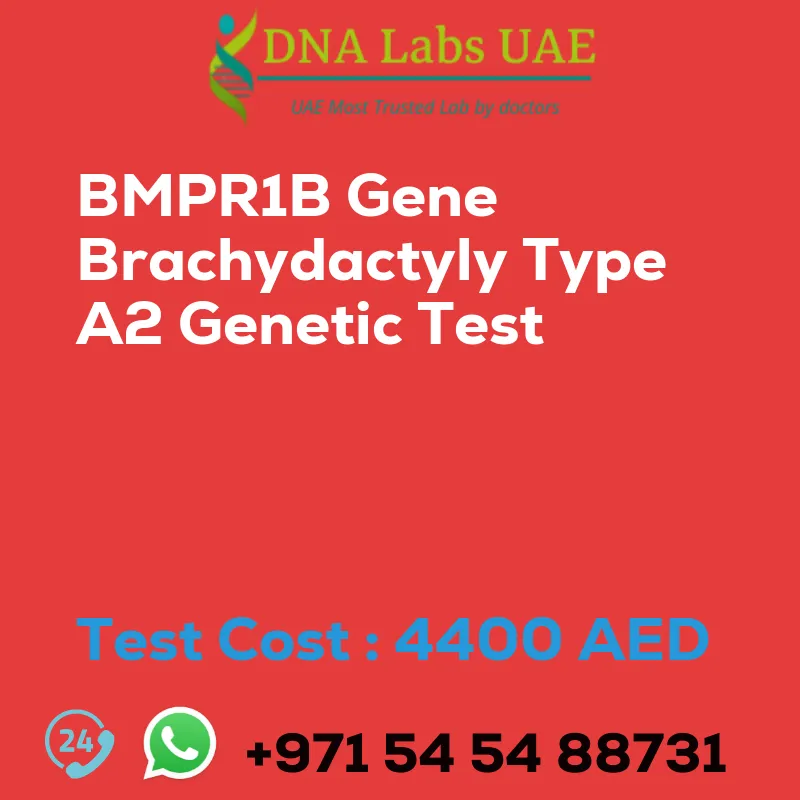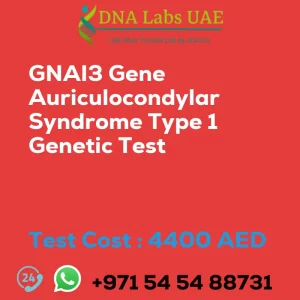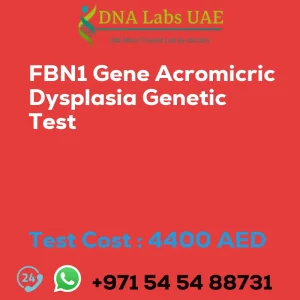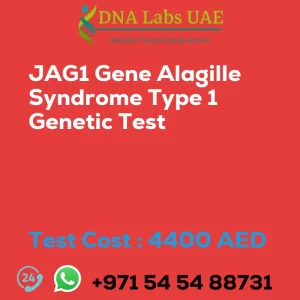BMPR1B Gene Brachydactyly type A2 Genetic Test
Test Name: BMPR1B Gene Brachydactyly type A2 Genetic Test
Components: Blood or Extracted DNA or One drop Blood on FTA Card
Price: 4400.0 AED
Sample Condition: Blood or Extracted DNA or One drop Blood on FTA Card
Report Delivery: 3 to 4 Weeks
Method: NGS Technology
Test Type: Dysmorphology
Doctor: Pediatrics
Test Department: Genetics
Pre Test Information
Clinical History of Patient who is going for BMPR1B Gene Brachydactyly type A2 NGS Genetic DNA Test. A Genetic Counselling session to draw a pedigree chart of family members affected with BMPR1B Gene Brachydactyly type A2 NGS Genetic DNA Test gene BMPR1B.
Test Details
The BMPR1B gene is associated with a condition called Brachydactyly type A2, which is characterized by abnormally short fingers and toes. NGS (Next-Generation Sequencing) genetic testing is a method used to analyze the DNA sequence of a gene, including the BMPR1B gene, to identify any variations or mutations that may be causing the condition. This test can help confirm a diagnosis of Brachydactyly type A2 and provide information about the specific genetic cause of the condition.
| Test Name | BMPR1B Gene Brachydactyly type A2 Genetic Test |
|---|---|
| Components | |
| Price | 4400.0 AED |
| Sample Condition | Blood or Extracted DNA or One drop Blood on FTA Card |
| Report Delivery | 3 to 4 Weeks |
| Method | NGS Technology |
| Test type | Dysmorphology |
| Doctor | Pediatrics |
| Test Department: | Genetics |
| Pre Test Information | Clinical History of Patient who is going for BMPR1B Gene Brachydactyly type A2 NGS Genetic DNA Test. A Genetic Counselling session to draw a pedigree chart of family members affected with BMPR1B Gene Brachydactyly type A2 NGS Genetic DNA Test gene BMPR1B |
| Test Details |
The BMPR1B gene is associated with a condition called Brachydactyly type A2, which is characterized by abnormally short fingers and toes. NGS (Next-Generation Sequencing) genetic testing is a method used to analyze the DNA sequence of a gene, including the BMPR1B gene, to identify any variations or mutations that may be causing the condition. This test can help confirm a diagnosis of Brachydactyly type A2 and provide information about the specific genetic cause of the condition. |







